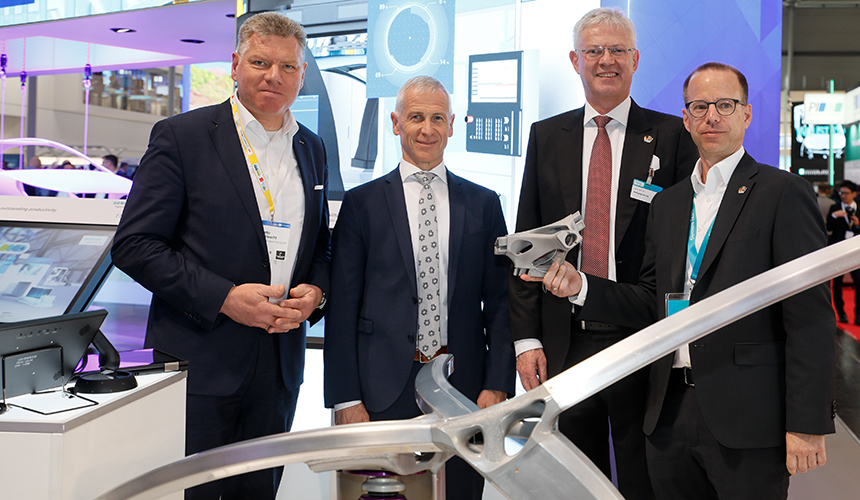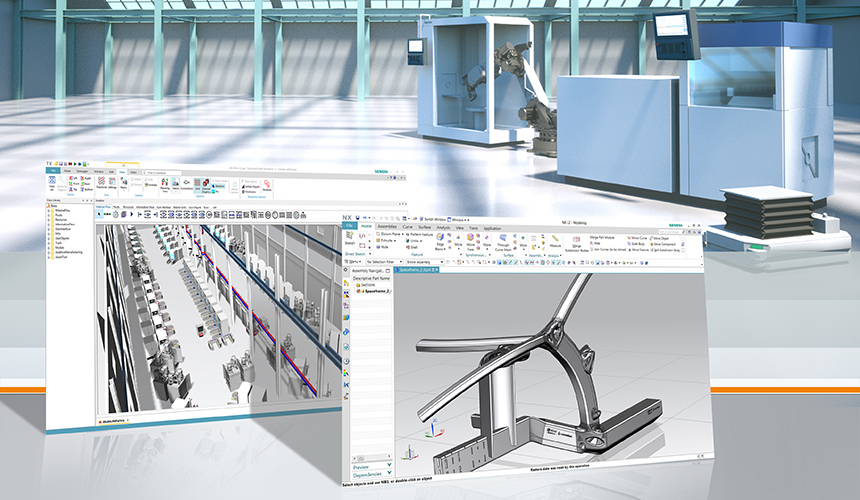Siemens has strengthened its additive manufacturing partnership with EDAG Group, a German-based provider of automotive engineering services.
Together, the partners developed the Next Generation Space frame 2.0, a modular aluminum structure with bionically designed and additive manufactured nodes. This component is said to demonstrate the capabilities of highly flexible manufacturing to support growing numbers of vehicle derivatives.
This project also includes Constellium, a global manufacturer of aluminum rolled products, Fraunhofer IAPT, and Concept Laser, a GE-owned metal 3D printer manufacturer.

The Next Generation Space frame 2.0
At Hannover Messe 2018 last week, Siemens and EDAG presented the Next Generation Space frame 2.0, displaying a lightweight, customizable component created from a seamless digital engineering process chain.
This process chain enables an optimized performance in both the design and production of additively manufactured automotive parts. As a result of this project, the partners found it possible to reduce the weight of high-end vehicles and high-performance sports cars by a further 20%, compared to current lightweight vehicle structures.
The Spaceframe structure is built on demand using very few tools, 3D printed body nodes and extruded aluminum sections. Laser beam welding and gluing are also optional methods of joining the additively manufactured body nodes with the aluminum sections in multi-chamber technology.

Accelerating additive in automotive
With Siemens PLM software and EDAG Group’s experience in automotive production, this partnership aims to decrease the time-to-market for additive manufactured prototypes and small series components. Furthermore, the costs for 3D printed car components could be reduced by optimizing this process.
According to EDAG, the seamless engineering data process chain has contributed to significantly shorter development and lead times, as well as ensuring a higher level of development maturity.
Voting for Automotive Application of the Year in the 2019 3D Printing Awards.
For more information on the latest trends in additive manufacturing subscribe to our 3D printing newsletter and follow us Facebook and Twitter. Visit our 3D Printing Jobs board to find out more about opportunities in the additive manufacturing.
Featured image shows Siemens’ platform used to develop the Next Generation Space frame 2.0. Image via Siemens.


